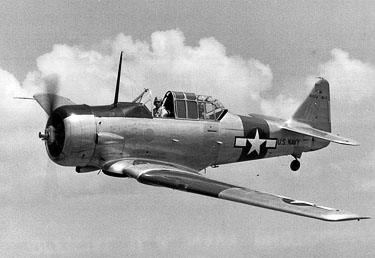 |
|
Aircraft Type |
Intermediate trainer of US Navy |
|
Manufacturer |
North American Aviation, Inc. |
|
Engine |
Radial 9-cylinder s.c., air-cooled, 1,340 cid |
|
Horsepower |
542 hp @ 2,200 rpm
|
|
Weight |
4,158 lbs (empty)
|
|
Max Speed |
205
mph |
|
Configuration |
2
seat tandem (student-instructor) |
|
|
| |
|
The North American Aviation T-6 (SNJ) Texan was a
single-engined advanced trainer aircraft used to train
pilots of the United States Army Air Forces (USAAF), United
States Navy (USN), Royal Air Force and other air forces of
the British Commonwealth during World War II and into the
1970s. Designed by North American Aviation, the T-6 is known
by a variety of designations depending on the model and
operating air force. The United States Army Air Corps
(USAAC) and USAAF designated it as the AT-6, the US Navy as
the SNJ, and British Commonwealth air forces, as the
Harvard, which is the name best known by outside of the US.
After 1962, US forces designated it the T-6. It remains a
popular warbird aircraft used for airshow demonstrations and
static displays. It has also been used many times to
simulate the Japanese Mitsubishi Zero in movies depicting
World War II in the Pacific.
|
Development
The Texan originated from the North American NA-16
prototype (first flown on April 1, 1935) which, modified as
the NA-26, was submitted as an entry for a USAAC "Basic
Combat" aircraft competition in March, 1937. The first model
went into production and 180 were supplied to the USAAC as
the BC-1 and 400 to the RAF as the Harvard I. The US Navy
received 16 modified aircraft, designated the SNJ-1,
and a further 61 as the SNJ-2 with a
different engine.
The BC-1 was the production version of the
NA-26
prototype, with retractable tail wheel landing gear and the
provision for armament, a two-way radio, and the 550 hp (410
kW) R-1340-47 engine as standard equipment. Production
versions included the BC-1 (Model NA-36) with only minor
modifications (177 built), of which 30 were modified as
BC-1I instrument trainers; the BC-1A (NA-55) with airframe
revisions (92 built); and a single BC-1B with a modified
wing center-section.
Three BC-2 aircraft were built before the shift to the
"advanced trainer" designation, AT-6, which was equivalent
to the BC-1A. The differences between the AT-6 and the BC-1
were new outer wing panels with a swept forward trailing
edge, squared-off wingtips and a triangular rudder,
producing the canonical Texan silhouette. After a change to
the rear of the canopy, the AT-6 was designated the Harvard
II for RAF/RCAF orders and 1,173 were supplied by purchase
or Lend Lease, mostly operating in Canada as part of the
British Commonwealth Air Training Plan.
Next came the AT-6A which was based on the
NA-77 design
and was powered by the Pratt & Whitney R-1340-49 Wasp radial
engine. The USAAF received 1,549 and the US Navy 270
(as the SNJ-3). The AT-6B was built for gunnery
training and could mount a .30 in machine gun on the forward
fuselage. It used the R-1340-AN-1 engine, which was to
become the standard for the remaining T-6 production.
Canada's Noorduyn Aviation built an R-1340-AN-1-powered
version of the AT-6A, which was supplied to the USAAF as the
AT-16 (1,500 aircraft) and the RAF/RCAF as the Harvard IIB
(2,485 aircraft), some of which also served with the Fleet
Air Arm and Royal Canadian Navy.
In late 1937 Mitsubishi purchased two NA-16s as
technology demonstrators and possibly a license to build
more. However, the aircraft developed by Watanabe/Kyushu as
the K10W1 (Allied code name Oak) bore no more than a
superficial resemblance to the North American design. It
featured a full monocoque fuselage as opposed to the steel
tube fuselage of the T-6 and NA-16 family of aircraft, as
well as being of smaller dimensions overall and had no
design details in common with the T-6. It was used in very
small numbers by the Imperial Japanese Navy from 1942
onwards. After the war the Japanese Air Self Defense Force
operated Texans.
The NA-88 design resulted in 2,970
AT-6C Texans and 2,400
as the SNJ-4. The RAF received 726 of the AT-6C as the
Harvard IIA. Modifications to the electrical system produced
the AT-6D (3,713 produced) and SNJ-5 (1,357 produced). The
AT-6D, redesignated the Harvard III, was supplied to the RAF
(351 aircraft) and Fleet Air Arm (564 aircraft). The AT-6G
(SNJ-7) involved major advancements including a full-time
hydraulic system and a steerable tail wheel and persisted
into the 1950s as the USAF advanced trainer.
Subsequently the NA-121 design with a completely clear
rearmost section on the canopy, gave rise to 25 AT-6F Texans
for the USAAF and 931, as the SNJ-6 for the US Navy. The
ultimate version, the Harvard 4, was produced by Canada Car
and Foundry during the 1950s, and supplied to the RCAF, USAF
and Bundeswehr.
The total number of all variant types manufactured varies
greatly. There were some 15,495 to 20,110 advanced trainers
(AT-6/SNJ/T-6/Harvard/etc.) built by North American Aviation
between 1938 and 1954.
|
|
|
|
|
|
| Specifications SNJ "Texan" |
| Bureau of Aeronautics Navy Department |
| General characteristics |
| Crew: |
|
Two place tandem (student and instructor) |
| Length:
|
|
29 ft (8.84 m) |
| Wingspan:
|
|
42 ft (12.81 m) |
| Height:
|
|
11 ft 8 in (3.57 m) |
| Wing area:
|
|
253.7 ft² (23.6 m²) |
| Empty weight:
|
|
4,158 lb (1,886 kg) |
| Gross weight:
|
|
5,617 lb (2,548 kg) |
| Fuel: |
|
111 gal, 2 tanks, wing, 91/96 oct |
| Electronics: |
|
12v (SNJ-4), 24v (SNJ-5,-6) |
| Powerplant:
|
|
1 × Pratt & Whitney R-1340-AN-1051 Wasp
radial engine, 600 hp (450 kW) |
| Propellers: |
|
2-blade, 9 ft dia, Hamilton-Standard,
controllable pitch |
| |
|
|
| Performance |
| Top speed: |
|
208 mph at 5,000 ft (335 km/h at 1,500
m) |
| Cruise speed: |
|
145 mph (233 km/h) |
| Range: |
|
730 miles (1,175 km) |
| Service ceiling: |
|
24,200 ft (7,400 m) |
| Rate of climb: |
|
1,200 ft/min (6.1 m/s) |
| Wing loading: |
|
22.2 lb/ft² (108 kg/m²) |
| Power/mass: |
|
0.11 hp/lb (kW/kg) |
|
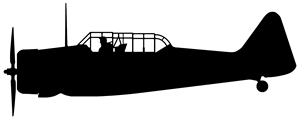
|
|
Aircraft silhouette |
|
|
|
|
|
|
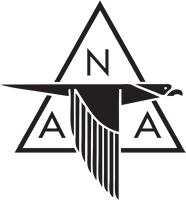 |
|
North American Aviation |
|
|
| |
|
Engine Specifications
Pratt & Whitney R-1340-S1H1-G "Wasp"
| General Specs |
|
|
| Type: |
|
Nine-cylinder (single-row) supercharged air-cooled
radial piston engine |
| Bore: |
|
5.75 in (146 mm) |
| Stroke:
|
|
5.75 in (146 mm) |
| Displacement:
|
|
1,344 in3 (22 L) |
| Diameter:
|
|
51.75 in (1.314 m) |
| Dry weight:
|
|
930 lb (422 kg) |
| |
|
|
| Components |
|
|
| Valvetrain:
|
|
Two overhead valves per cylinder |
| Supercharger: |
|
1 stage, 1 speed, centrifugal type, 1:10
step-up |
| Reduction gear: |
|
3:2 |
| Fuel system:
|
|
Two-barrel Stromberg carburetor |
| Fuel type:
|
|
91/96 octane |
| Oil system:
|
|
|
| Cooling system:
|
|
Air-cooled |
| |
|
|
| Performance |
|
|
| Power output:
|
|
600 hp (447 kW) at 2,250 rpm at 6,200 ft |
| Specific power:
|
|
0.45 hp/in³ (20.3 kW/L) |
| Compression ratio: |
|
6:1 |
| Fuel consumption:
|
|
0.44 lb/(hp h) (270 g/(kW h)) |
| Oil consumption:
|
|
0.32 oz/(hp h) (12 g/(kW h)) |
| Power/weight ratio: |
|
0.65 hp/lb (1.05 kW/kg) |
|
| |
| Pratt & Whitney |
| R-1340 "Wasp" Engine |
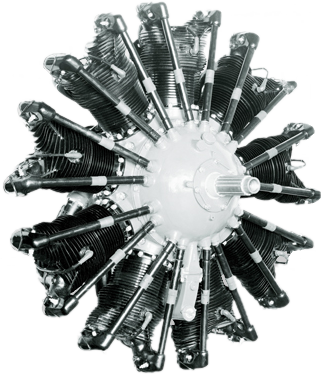 |
| 1925-1960 |
| The Wasp's displacement was 1,340 cu. in. A
single row, air-cooled 9-cylinder radial
design delivering 542 hp at 2,200 rpm. It
weighed 805 pounds. Production totaled
34,966 engines.
|
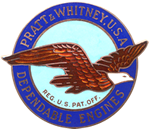 |
Pratt & Whitney USA
Corporate logo |
|
|
|
|
|
|
|
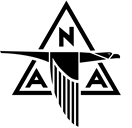 |
North American
SNJ "Texan"
|
|
U.S. Navy models with "C" suffix were
planes converted to deck landing trainers with tailhook arresting
gear added. |
|
|
|
NJ-1 |
United States Navy specification
advanced trainer powered with 550hp
Pratt & Whitney R-1340-6.
Some
re-engined with later versions of
R-1340. Similar to BT-9, (40 built). |
|
SNJ-1 |
Similar to Harvard I, but with BC-1 wing
center section, metal-covered fuselage
and
late T-6 type wing, (16 built). |
|
SNJ-2 |
Same as SNJ-1 but with a R-1340-56
engine and changes to carburetor and
oil cooler scoops, (61 built). |
|
SNJ-3 |
Same as AT-6A, 270 built and 298
transferred from USAAC, (total "568"
built). |
|
SNJ-3C |
SNJ-3 converted as deck landing trainers
with tailhook arrester gear, (12
modified). |
|
SNJ-4 |
Same as AT-6C, (2,401 built). |
|
SNJ-4C |
SNJ-4s converted as deck landing
trainers with tailhook arrester gear. |
|
SNJ-5 |
AT-6Ds transferred from the USAAC, (1,573
aircraft). |
|
SNJ-5C |
SNJ-5s converted as deck landing
trainers with tailhook arrester gear. |
|
SNJ-6 |
AT-6Fs transferred from the USAAF, (580
aircraft). |
|
SNJ-7 |
Early models modified to T-6G standards
in 1952. |
|
SNJ-7B |
Armed variant of the SNJ-7. |
|
SNJ-8 |
Order for 240 cancelled. |
|
SNJ
Production
|
| Model |
BuNo. |
|
|
|
Built |
| SNJ-1 |
01552 |
- |
01567 |
= |
16 |
| SNJ-2 |
02008 |
- |
02043 |
|
|
| " |
02548 |
- |
02572 |
= |
61 |
| SNJ-3 |
06755 |
- |
07024 |
|
|
| " |
01771 |
- |
01976 |
|
|
| " |
05435 |
- |
05526 |
= |
568 |
| SNJ-4 |
05527 |
- |
05674 |
|
|
| " |
09063 |
- |
(1 only) |
|
|
| " |
09817 |
- |
10316 |
|
|
| " |
26427 |
- |
27851 |
|
|
| " |
51350 |
- |
51676 |
= |
2,401 |
| SNJ-5 |
43638 |
- |
44037 |
|
|
| " |
51677 |
- |
52049 |
|
|
| " |
84819 |
- |
85093 |
|
|
| " |
90582 |
- |
91106 |
= |
1,573 |
| SNJ-6 |
111949 |
- |
112528 |
= |
580 |
| SNJ-8 |
137246 |
- |
137485 |
= |
240 |
| |
|
|
Total |
= |
5,199 |
|
|
|
|
|
|
Photos
|
| |
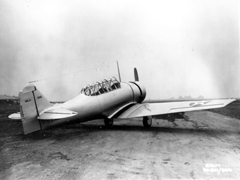 |
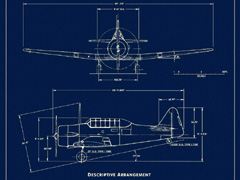 |
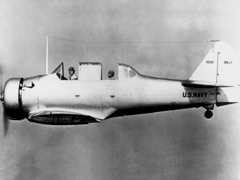 |
|
SNJ-1 b/n1552 first of 16 produced
ca.1940 |
Descriptive Arrangement |
SNJ-1 b/n1552 first flight ca.1940 |
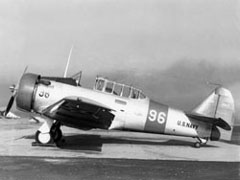 |
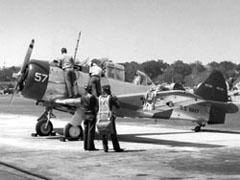 |
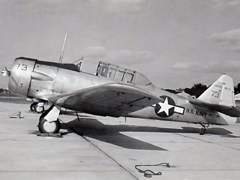 |
|
SNJ-1 b/n 1566 (15th of 16) ca. 1940 |
SNJ-2 cadets NAS Pensacola ca.1942 |
SNJ-6 |
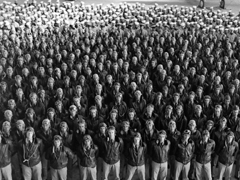 |
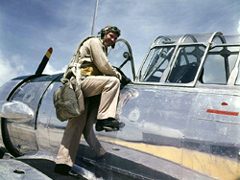 |
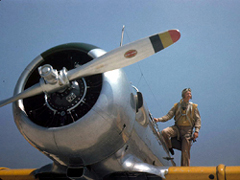 |
|
Group of cadets NAS Corpus Christi, TX |
SNJ cadet NAS Corpus Christi, TX |
SNJ cadet NAS Corpus Christi, TX |
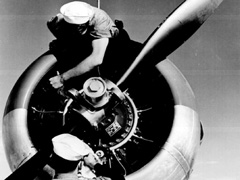 |
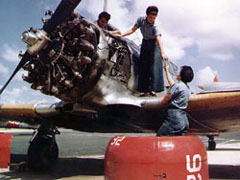 |
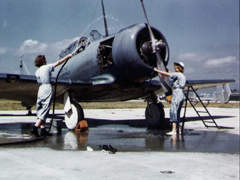 |
|
SNJ mechanic Kingsville Corpus Christi
Nov 1942 |
WAVEs NAAS Whiting Field, Pensacola |
WAVEs SNJ (camouflaged) NOTC
Jacksonville |
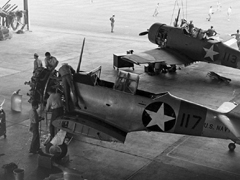 |
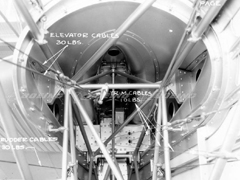 |
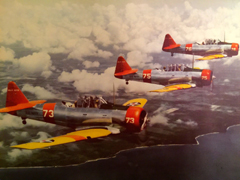 |
|
SNJ-3s NAS Corpus Christi ca.1942-43 |
Early prototype (NA-32) tail assembly |
SNJ-3s ca.1942-43 |
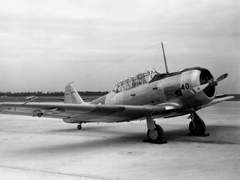 |
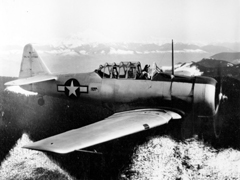 |
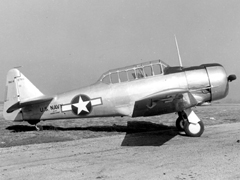 |
|
SNJ-3 parked at NAS Jacksonville, FL
1942 |
SNJ-4 HQ Sqd FAW-4 ca.1944-45 |
SNJ-4 Gen. Inspector of Naval
Aircraft 1943 |
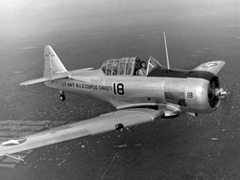 |
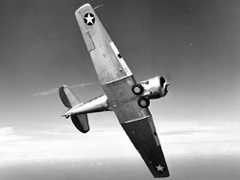 |
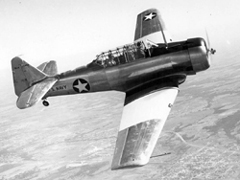 |
|
SNJ-4 NAS Corpus Christi ca.1943 |
SNJ-4 doing a "wingover" ca.1942 |
SNJ-4 NAS Corpus Christi Mar 1943 |
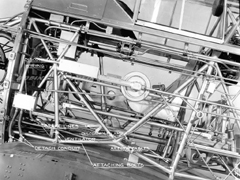 |
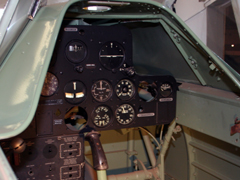 |
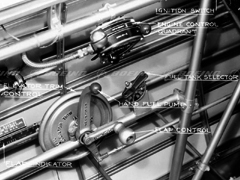 |
|
Early prototype (NA-32) fuselage |
Cockpit of Harvard (AT-6/SNJ variant) |
Early prototype (NA-32) rear cockpit |
|
Carrier
Qualification with SNJ's on Lake
Michigan 1942-45
|
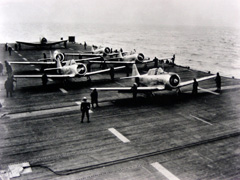 |
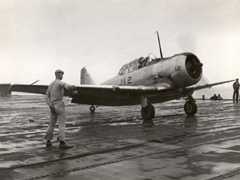 |
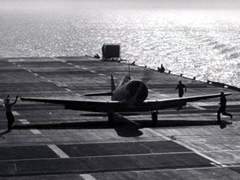 |
|
SNJ-3Cs start USS Wolverine ca.1942 |
SNJ-5C launching USS Sable 1945 |
SNJ trapping on USS Sable 1943 |
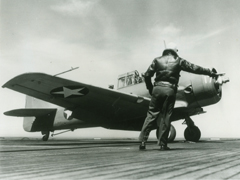 |
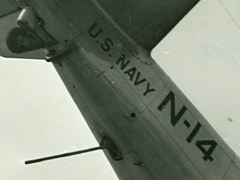 |
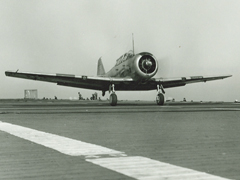 |
|
SNJ-3C launch USS Wolverine 26-Apr-1943 |
SNJ-3C mishap USS Wolverine 1943 |
SNJ-3C launch USS Wolverine 02-Nov-1942 |
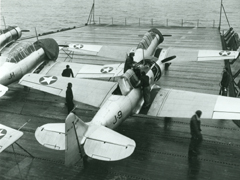 |
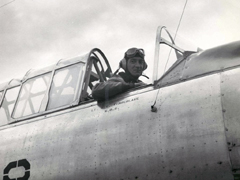 |
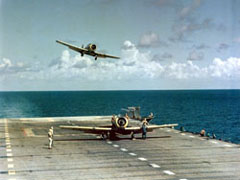 |
|
SNJ-3Cs parked USS Wolverine 1942 |
USS Sable LSO/Pilot 1943-44 |
SNJs USS Monterey 1953 |
|
Other Images
|
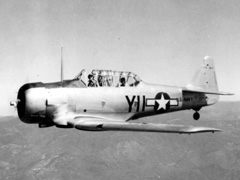 |
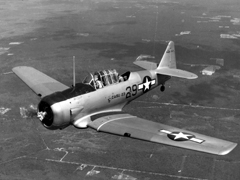 |
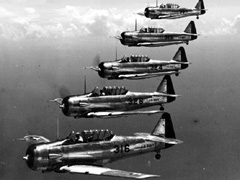 |
|
SNJ-4 HQ Sqd FAW-14 NAS San Diego 1944 |
SNJ-4 at Atlantic City ca.1944-45 |
SNJs ca.1942 |
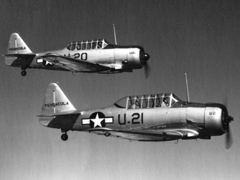 |
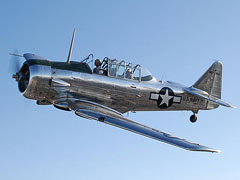 |
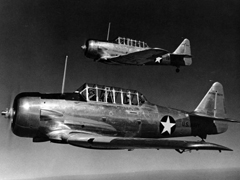 |
|
SNJ-5 NAS Pensacola ca.1949 |
SNJ-6 "Texan" US Navy trainer (May 2010) |
SNJ-4 NAS Alameda Nov 1942 |
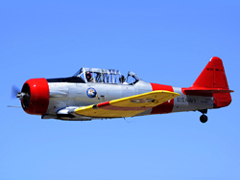 |
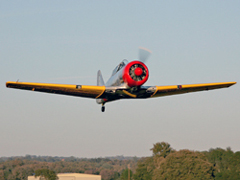 |
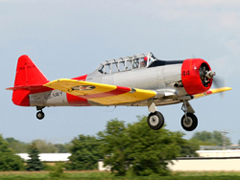 |
|
SNJ-4 in Pensacola livery ca.2013 |
SNJ-4 low pass ca.2013 (by unknown) |
SNJ-4 landing ca.2013 (by unknown) |
|
AirExpo at Flying Cloud
Airport - Eden Prairie, MN
|
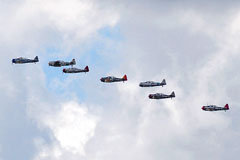 |
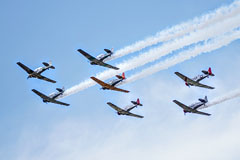 |
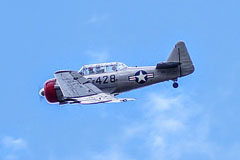 |
|
SNJs in formation at AirExpo 2016 (By
SAS) |
SNJs in formation at AirExpo 2016 (By
SAS) |
SNJ at AirExpo 2016 (By SAS) |
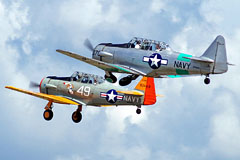 |
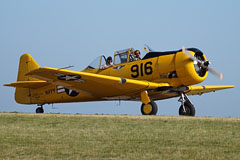 |
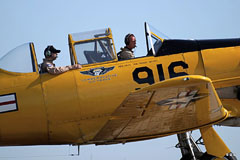 |
|
Two SNJs at AirExpo 2016 (By SAS) |
SNJ-6 at AirExpo 2017 (By SAS) |
SNJ-6 at AirExpo 2017 (By SAS) |
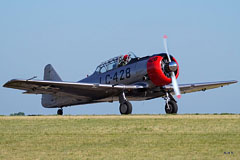 |
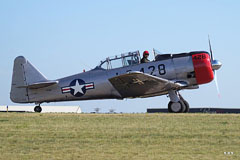 |
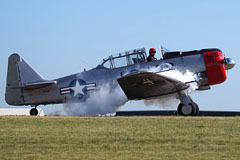 |
|
SNJ-4 at AirExpo 2017 (By SAS) |
SNJ-4 at AirExpo 2017 (By SAS) |
SNJ-4 at AirExpo 2017 (By SAS) |
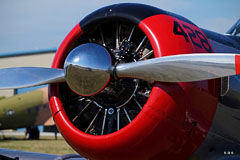 |
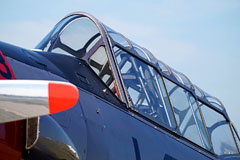 |
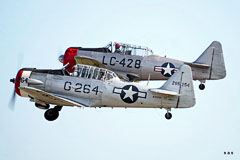 |
|
SNJ-4 at AirExpo 2017 (By SAS) |
SNJ-4 at AirExpo 2017 (By SAS) |
AT-6D & SNJ-4 at AirExpo 2017 (By
SAS) |
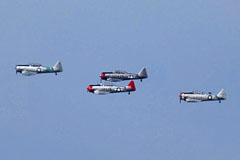 |
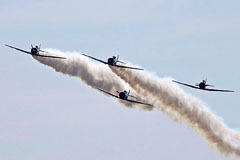 |
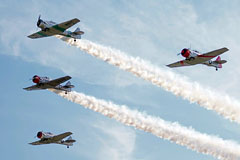 |
|
SNJ & AT-6 trainers AirExpo 2017 (By
SAS) |
SNJ & AT-6 trainers AirExpo 2017 (By
SAS) |
SNJ & AT-6 trainers AirExpo 2017 (By
SAS) |
|
|
|
U.S. Military Aircraft Insignias
|
|
(Roundels by year) |
|
|
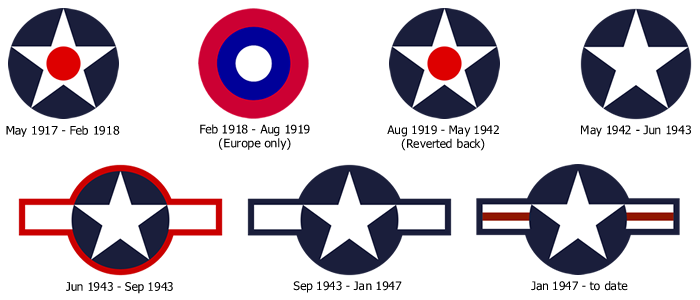 |
|
|